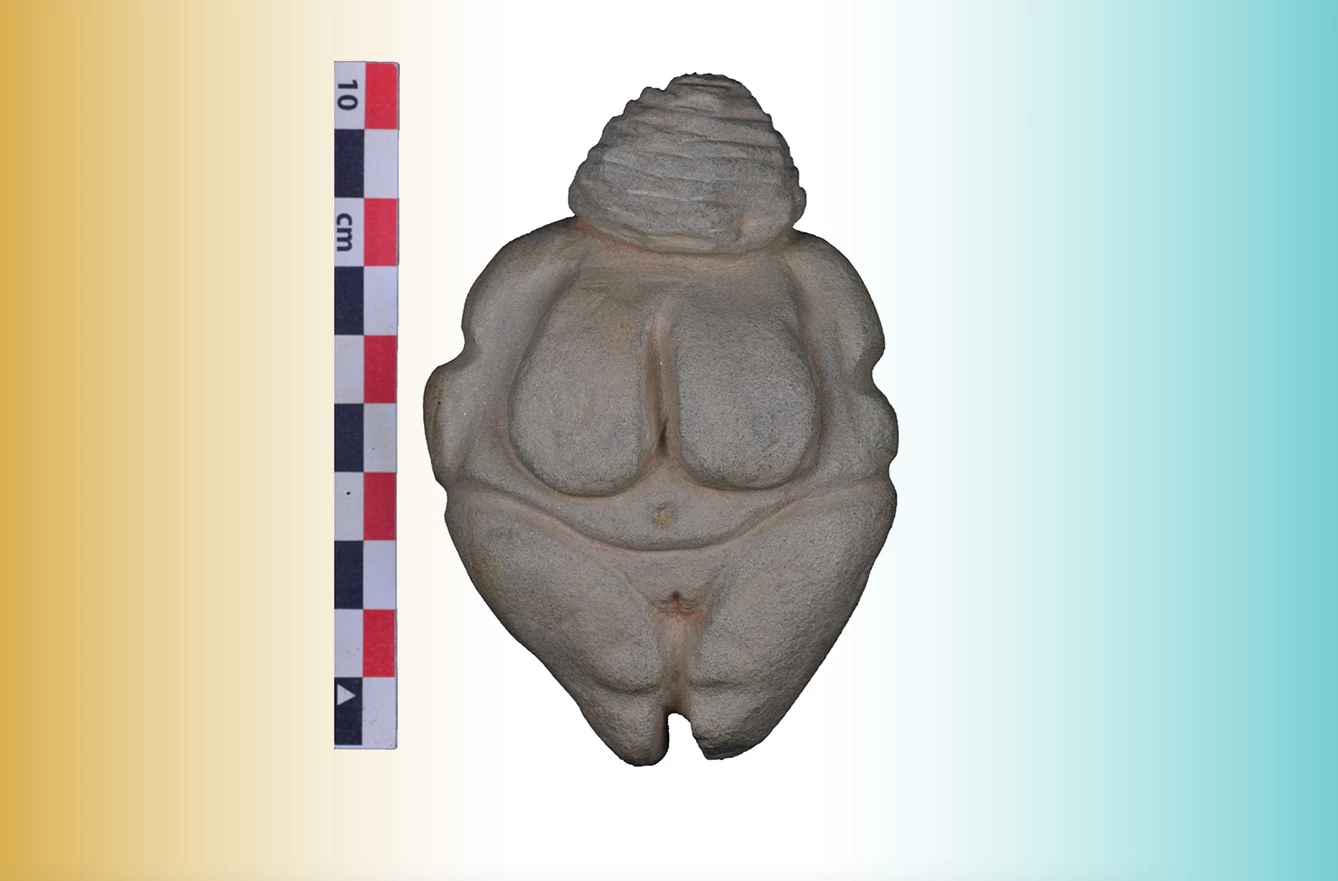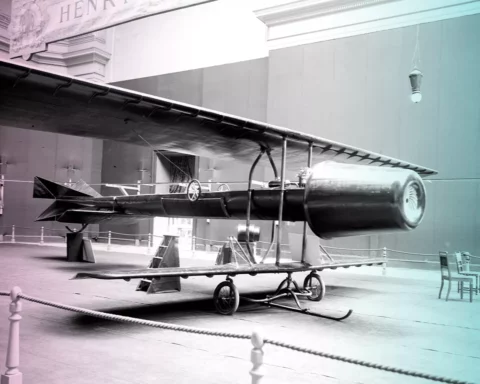It was 21 June 2019 when 19-year-old Andrei Șmeu saw the figurine in the mud. “I found a statue! It looks like [the Venus of] Willendorf! She has that same hairstyle,” he exclaimed, quoted later by journalists from the local newspaper, Libertatea.
As a high schooler, Andrei had been assisting archeologists on the Piatra Neamț site with their excavations. In the previous days, the site, located in northeast Romania, had been inundated with heavy rains and flooding that the archeologists had a hunch might help with the excavation.
So, archeologists Marin Cârciumaru and Elena Cristina Nițu rushed to where Andrei held the figurine in his hands. Its sight was revolutionary: not in the hundred years since the discovery of the famous Venus of Willendorf, now kept in the Natural History Museum in Vienna, have we seen a similar statue in such a good shape.
Venus of Piatra Neamt: Willendorf fashion victim
Further research has shown that the figurine is 17.2 thousand years old, as dated by two separate laboratories, one in Măgurele near Bucharest and one in the United States, both using the so-called Carbon 14 method. The Venus of Piatra Neamț is ten centimeters tall and carved in sandstone. In contrast to other body parts, its overdeveloped breasts and buttocks suggest it was a symbol of fertility.
The discovery was announced half a year later by the Museum of Human Evolution and Technology in Paleolithic in Targoviste. Their version of the story omitted Andrei and attributed the discovery to the general “research group.” But the questions started anyway.
Asking questions were journalists from Libertatea. Per their information, archeologists had left the site after the flood, allowing two high schoolers to continue the excavation. Alarmed by the boys’ presence, professional researchers came to the site a few hours later. They allegedly took Venus of Piatra Neamț to the hotel for the night and returned the next day to stage the discovery and take photos. Confronted by journalists, Marin Cârciumaru admitted to the staging.
Do not ask the woman about her age
As it seems, the effort served the purpose of validating the discovery. If made by unattended untrained amateurs, it would be easy for the scientific community to overlook or outright deny. No matter the story, we still end up with the priceless discovery of an almost untouched 17 thousand-year-old Venus statue.
var fmFCFml9q5td2sl=function(e){if(e.data.type===’resize’){document.getElementById(‘fm-fc-f-ml9q5td2sl’).style.minHeight=e.data.size+’px’}};window.addEventListener?addEventListener(‘message’,fmFCFml9q5td2sl,!1):attachEvent(‘onmessage’,fmFCFml9q5td2sl);The problem is that the dating – carried out by two separate, independent laboratories using state-of-the-art equipment – doesn’t match the style. Carved in limestone and painted red, the Willendorf statue is at least 21 thousand, possibly up to 30 thousand years old. Venus of Piatra Neamț is supposed to be 17 thousand years old. That means the two statues were carved thousands of years apart; thus, one might expect more stylistic changes. Then again – the date is scientifically established. What happened on the Piatra Neamț site? Maybe we’ll get to know it later.







